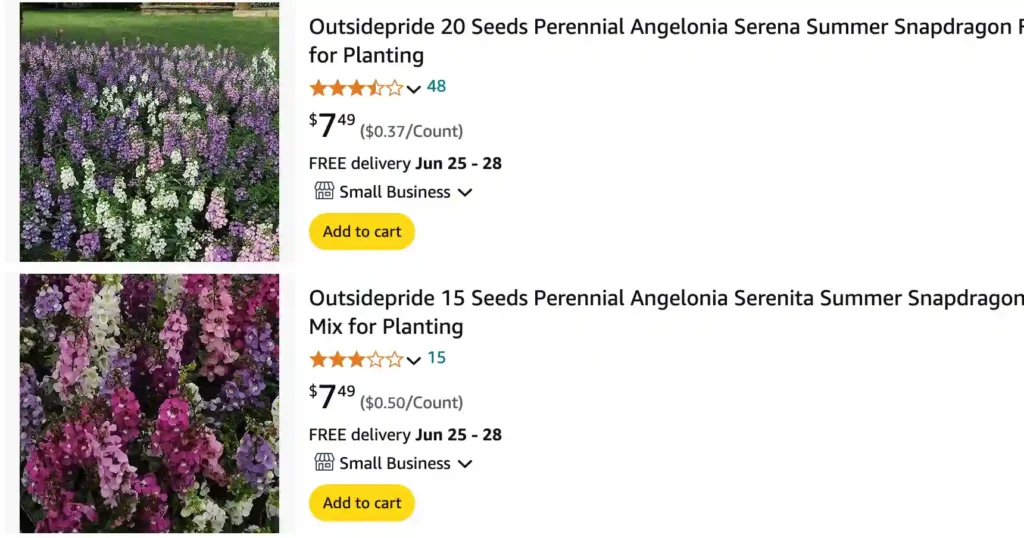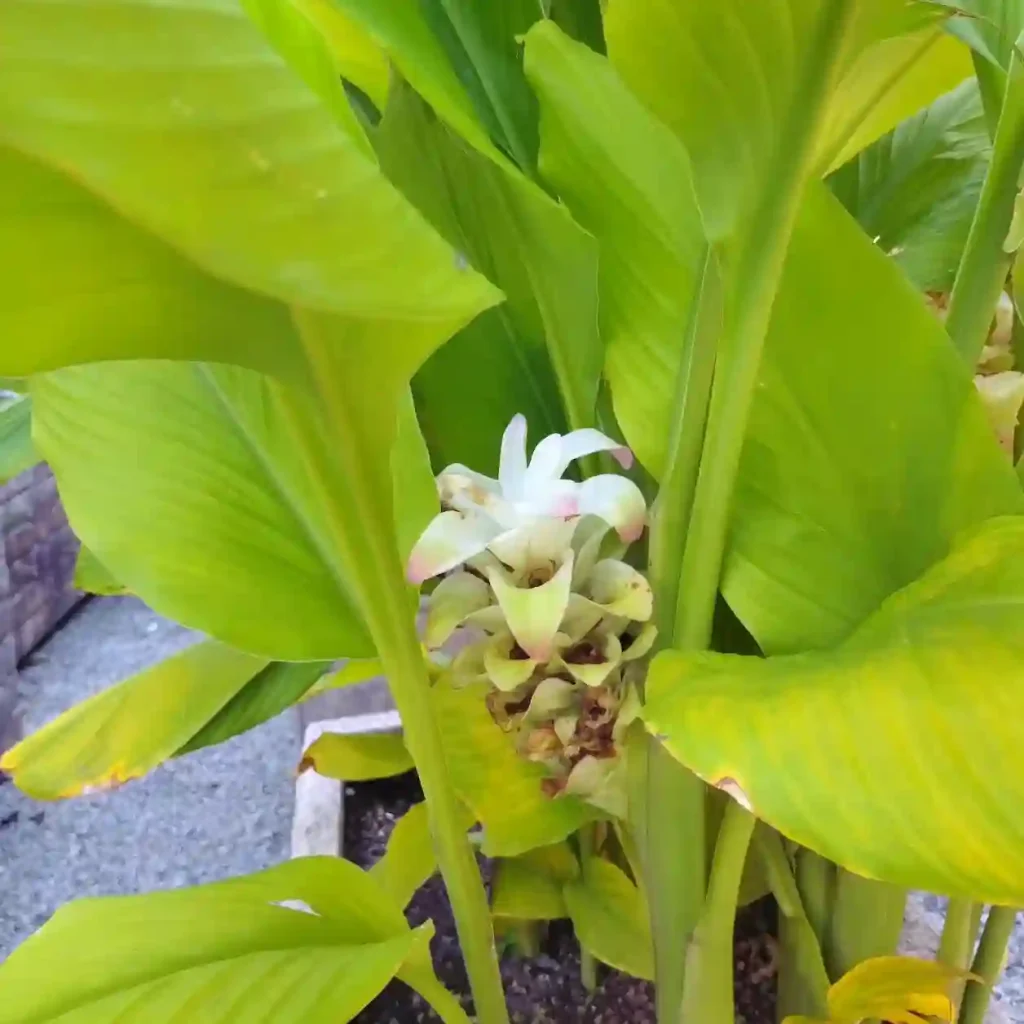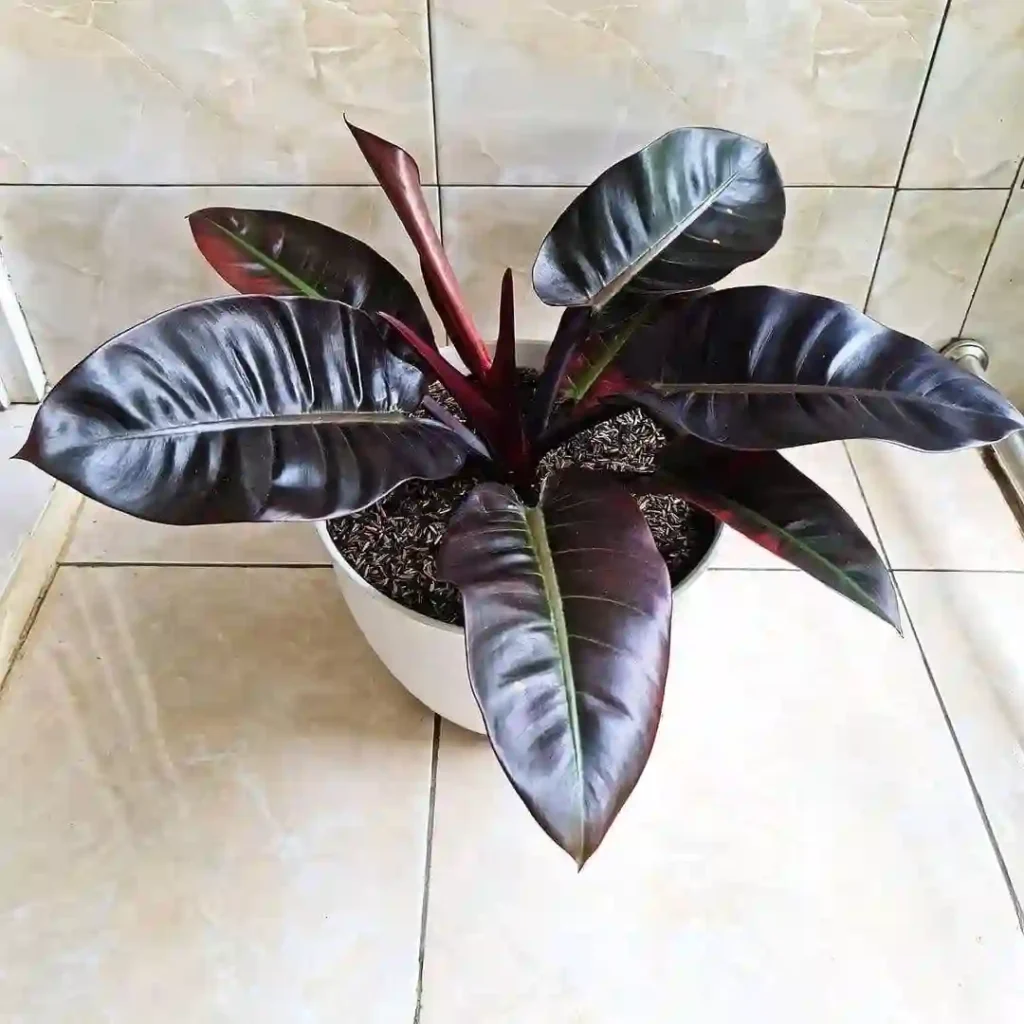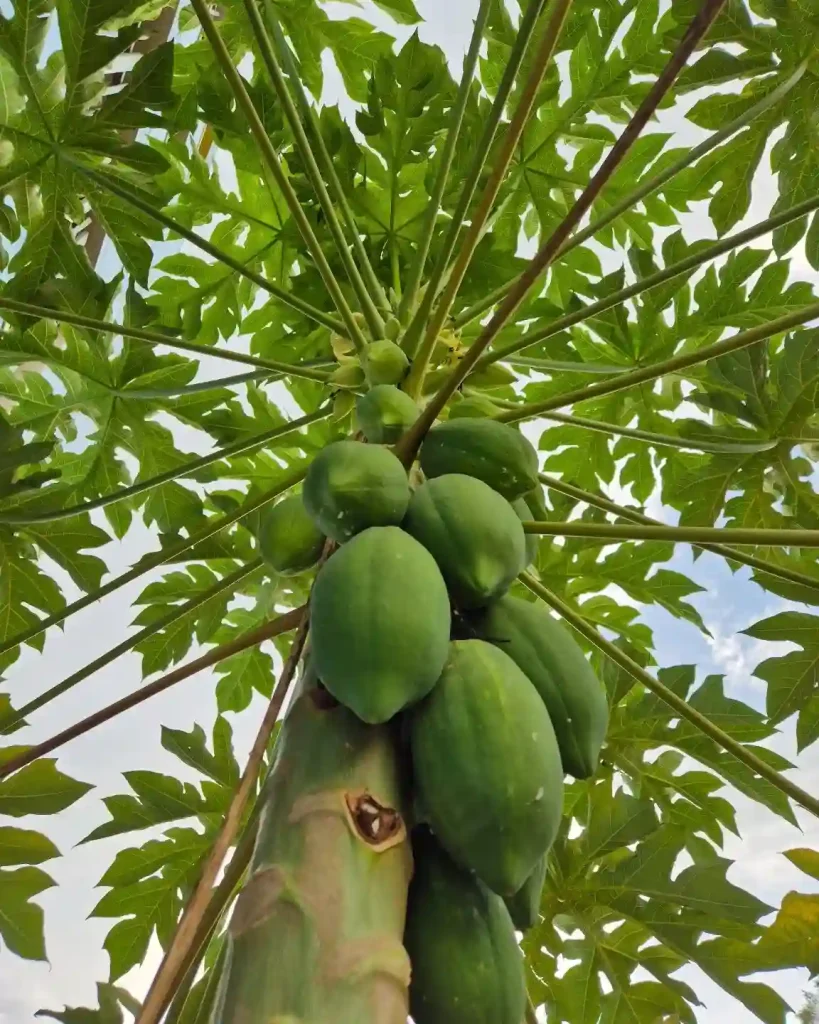
September 10 – Angelonia
"Angelonia, the summer snapdragon, represents September 10."
Angelonia symbolizes strength and cheer. You bring warmth and positivity even during difficult times. Like its bright blooms, your energy is uplifting.
All About Angelonia: The Unsung Hero of Summer Blooms
Hi there, Ferb Vu here! Today, I want to delve into the delightful world of Angelonia, a vibrant summer flower that often gets overshadowed by its showier cousins. But trust me, Angelonia is a hidden gem, packing a punch of color and resilience into a compact package.
Whether you’re a seasoned gardener or a newbie dipping your toes into the floral world, Angelonia is a fantastic choice. Let’s explore everything you need to know about this charming plant.
What is Angelonia?
Angelonia belong to the Plantaginaceae family, also known as the Summer Snapdragon, is a flowering plant native to Mexico, South America, and the West Indies. It boasts long-lasting blooms that resemble snapdragons, but with a more delicate and airy feel. Angelonia comes in a delightful array of colors, from classic lavender and pink to vibrant fuchsia and white.
Angelonia species
- Angelonia acuminatissima Herzog
- Angelonia alternifolia V.C.Souza
- Angelonia angustifolia Benth.
- Angelonia arguta Benth.
- Angelonia biflora Benth.
- Angelonia bisaccata Benth.
- Angelonia blanchetii Benth.
- Angelonia campestris Nees & Mart.
- Angelonia chiquitensis Herzog
- Angelonia ciliaris B.L.Rob.
- Angelonia cornigera Hook.
- Angelonia crassifolia Benth.
- Angelonia eriostachys Benth.
- Angelonia goyazensis Benth.
- Angelonia hookeriana Gardner ex Benth.
- Angelonia integerrima Spreng.
- Angelonia linarioides Taub.
- Angelonia micrantha Benth.
- Angelonia minor Fisch. & C.A.Mey.
- Angelonia parviflora Barringer
- Angelonia perennis (Hassl.) Scatigna & V.C.Souza
- Angelonia pilosella J.Kickx f.
- Angelonia pratensis Gardner ex Benth.
- Angelonia procumbens (Schrad.) Nees & Mart.
- Angelonia pubescens Benth.
- Angelonia salicariifolia Bonpl.
- Angelonia serrata Benth.
- Angelonia tomentosa Moric. ex Benth.
- Angelonia verticillata Philcox
Angelonia vs Snapdragon
While Angelonia and Snapdragons(Antirrhinum Majus) share a similar look, they have some key differences. Snapdragons are typically taller, reaching up to 3 feet, while Angelonia is a more compact grower, staying happy around 12-18 inches tall. Snapdragons prefer cooler weather and struggle in scorching summers, while Angelonia thrives in the heat and humidity.
Here’s a quick table to summarize the key differences:
| Feature | Angelonia | Snapdragon |
|---|---|---|
| Height | 12-18 inches | Up to 3 feet |
| Bloom Time | Summer and early fall | Spring and early summer |
| Heat Tolerance | Excellent | Prefers cooler weather |
| Humidity Tolerance | High | Moderate |
Angelonia vs Lavender
Angelonia has a delicate, almost ethereal beauty that I find captivating, especially in its soft hues, whereas lavender‘s scent and timeless charm evoke a nostalgic sense of calm and relaxation.
Angelonia vs Salvia
I love how angelonia’s vibrant colors bloom consistently throughout the summer, adding bursts of cheer to my garden, whereas salvia’s deep, intense hues create a striking contrast and attract hummingbirds, making it a lively focal point.
How to care for Angelonia?
Angelonia is a low-maintenance plant that’s perfect for busy gardeners. Here’s what you need to know to keep your Angelonia flourishing:
- Planting: Plant Angelonia outdoors after the danger of frost has passed, usually in late spring or early summer. Choose a location with full sun and well-draining soil. Space your plants 12-18 inches apart for optimal growth.
- Watering: Angelonia is drought-tolerant, but it performs best with regular watering, especially during hot and dry spells. Aim to keep the soil evenly moist, but not soggy.
- Soil: Angelonia prefers slightly acidic soil with a pH between 5.5 and 6.2. Amending your soil with organic matter like compost can help achieve the right balance.
- Fertilizer: Angelonia is not a heavy feeder. A light application of balanced fertilizer once a month during the growing season is sufficient.
- Deadheading: Regularly deadheading spent blooms will encourage continuous flowering throughout the summer. Simply pinch off the wilted flowers with your fingers.
Angelonia: Beyond the Blooms
While the vibrant flowers are the main attraction, Angelonia offers more than just visual appeal. The feathery foliage has a pleasant, light fragrance that adds another dimension to your garden. Plus, both the flowers and foliage are excellent additions to cut flower arrangements, bringing a touch of summer cheer indoors.
Can I grow Angelonia from seed?
Absolutely! You can start Angelonia seeds indoors 6-8 weeks before the last frost date. Just sow the seeds on top of a sterile seed-starting mix and keep them moist and warm (around 70-75°F). Once the seedlings are established, transplant them outdoors after the danger of frost has passed.
Does Angelonia attract pollinators?
Yes! The nectar-rich flowers of Angelonia are a magnet for butterflies, hummingbirds, and bees, making them a great addition to a pollinator-friendly garden.
What are some common pests and diseases that affect Angelonia?
Thankfully, Angelonia is relatively pest and disease resistant. However, in some cases, they might be susceptible to powdery mildew or fungal diseases if there’s poor air circulation or overly wet conditions. To prevent this, ensure proper spacing between plants and avoid overwatering.
Can I bring my Angelonia indoors for the winter?
Technically, yes, you can try to overwinter your Angelonia indoors. However, it can be challenging. They prefer cooler temperatures but still need some sunlight. If you decide to try, bring them indoors before the first frost and place them in a sunny location with cool temperatures (around 50-60°F). Keep the soil lightly moist and be mindful of pests like spider mites that thrive in dry indoor conditions. It’s generally easier to treat Angelonia as an annual and start fresh with new plants each season.
What are some companion plants for Angelonia?
Angelonia pairs well with a variety of plants that share similar sun and water requirements. Here are a few ideas:
Angelonia: A Gardener’s Delight
With its low-maintenance nature, long-lasting blooms, and heat tolerance, Angelonia is a fantastic choice for gardeners of all levels. Whether you’re planting in borders, containers, or mass plantings, Angelonia will add a splash of color and charm to your summer garden. So, give Angelonia a try, and you might just discover your new favorite summer flower!
If i die, water my plants!



